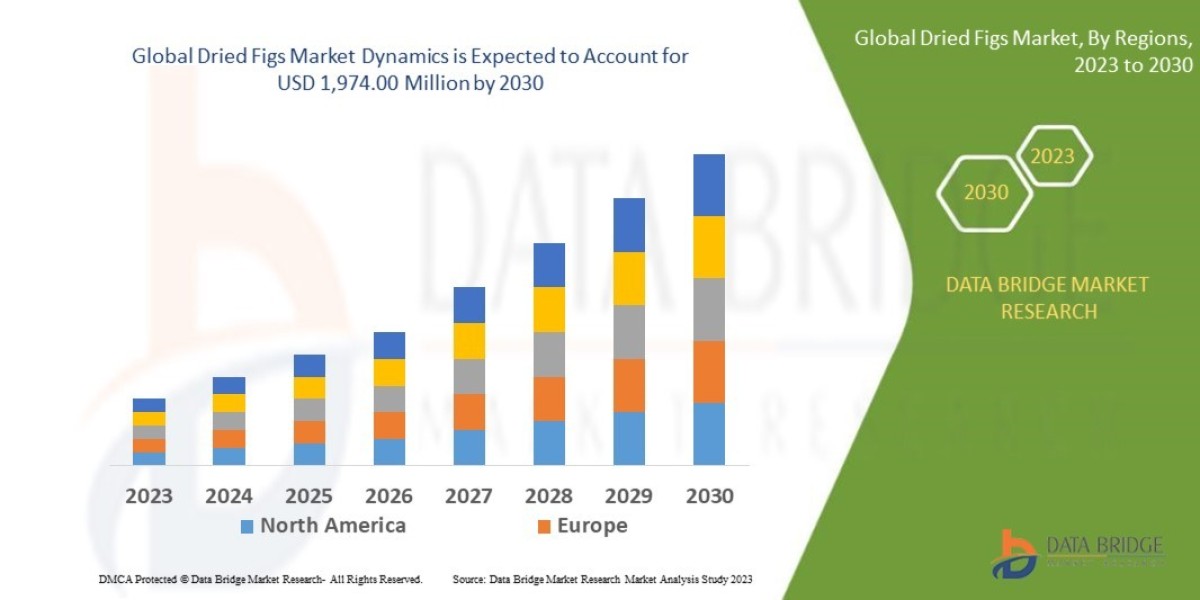
Unlocking the Potential of Cold Email Marketing in 2024: A Comprehensive Guide
In the ever-evolving digital landscape, cold email marketing remains a powerful tool for generating leads, building connections, and driving business growth. While often perceived as outdated or spammy, a strategic and personalized cold email campaign can yield impressive results. This comprehensive guide dives deep into the nuances of cold email marketing in 2024, offering actionable insights and best practices to help you unlock its full potential and avoid common pitfalls. We'll explore everything from crafting compelling subject lines to navigating legal regulations and leveraging automation effectively.
What is Cold Email Marketing?
Cold email marketing is the practice of sending unsolicited emails to individuals or businesses with whom you have no prior relationship. Unlike traditional email marketing, where recipients have opted in to receive communications, cold emails are sent to a targeted audience based on specific criteria, such as industry, job title, or company size. The primary goal of cold emailing is typically to introduce a product or service, establish a connection, or generate leads.
It's important to distinguish cold emailing from spam. Spam is generally indiscriminate, unsolicited, and often deceptive. Cold email, when done right, is highly targeted, personalized, and offers genuine value to the recipient. The key is to focus on building relationships and providing relevant solutions, rather than simply blasting out generic sales pitches.
Why Cold Email Marketing Still Matters in 2024
Despite the rise of social media and other digital marketing channels, cold email marketing remains a relevant and effective strategy for several reasons:
- Direct Reach: Cold email allows you to directly contact potential customers or partners, bypassing gatekeepers and reaching decision-makers directly.
- Targeted Messaging: By carefully researching your audience, you can craft personalized messages that resonate with their specific needs and pain points.
- Cost-Effective: Compared to other marketing methods like paid advertising, cold email can be a relatively cost-effective way to generate leads and build relationships.
- Scalability: With the help of automation tools, you can scale your cold email efforts to reach a large audience efficiently.
- Measurable Results: Cold email campaigns allow you to track key metrics like open rates, click-through rates, and response rates, providing valuable insights into what's working and what's not.
However, the success of your cold email campaigns hinges on your ability to execute them ethically and effectively. Generic, impersonal emails are likely to be ignored or marked as spam, damaging your reputation and wasting your time and resources.
Building Your Cold Email Strategy: A Step-by-Step Guide
A successful cold email campaign requires careful planning and execution. Here's a step-by-step guide to help you build an effective strategy:
1. Define Your Target Audience
The first step is to clearly define your ideal customer or partner. Consider factors like:
- Industry: Which industries are most likely to benefit from your product or service?
- Company Size: Are you targeting small businesses, medium-sized enterprises, or large corporations?
- Job Title: Who are the key decision-makers you need to reach?
- Location: Is your target audience located in a specific geographic area?
- Pain Points: What are the challenges and frustrations that your target audience faces?
The more specific you can be with your target audience, the more effective your cold email campaigns will be.
2. Find Email Addresses
Once you've defined your target audience, you'll need to find their email addresses. There are several methods you can use:
- LinkedIn Sales Navigator: A powerful tool for finding leads and their contact information on LinkedIn.
- Company Websites: Search for email addresses on company websites, particularly in the "Contact Us" or "About Us" sections.
- Email Finding Tools: Utilize tools like Hunter.io, Apollo.io, or Skrapp.io to find email addresses associated with specific websites or individuals.
- Industry Directories: Explore industry-specific directories and databases for contact information.
It's crucial to verify the accuracy of the email addresses you collect. Sending emails to invalid addresses can damage your sender reputation and decrease deliverability.
3. Craft Compelling Subject Lines
Your subject line is the first thing recipients see, and it plays a crucial role in determining whether they open your email. Aim for subject lines that are:
- Personalized: Include the recipient's name or company name to grab their attention.
- Intriguing: Create curiosity and pique their interest.
- Concise: Keep your subject lines short and to the point.
- Relevant: Clearly indicate the value proposition of your email.
Avoid using generic subject lines like "Quick Question" or "Following Up." Instead, try something more specific and personalized, such as "Improving [Company Name]'s [Specific Challenge]."
4. Write Personalized Email Content
The body of your email should be personalized and tailored to the recipient's specific needs and interests. Avoid generic sales pitches and focus on providing value. Here are some tips for writing effective cold emails:

- Start with a strong opening: Immediately grab the recipient's attention with a relevant and personalized introduction.
- Demonstrate that you've done your research: Show that you understand their business and challenges.
- Clearly articulate your value proposition: Explain how your product or service can benefit them.
- Include a clear call to action: Tell them what you want them to do, such as scheduling a call or visiting your website.
- Keep it concise: Respect their time and get straight to the point.
- Proofread carefully: Errors and typos can damage your credibility.
Always end your email with a professional closing and your contact information.
5. Use Email Automation Tools Wisely
Email automation tools can help you scale your cold email campaigns and track your results. However, it's crucial to use these tools responsibly and avoid spammy practices. Look for tools that allow you to:
- Personalize emails at scale: Use merge tags to insert personalized information into your emails.
- Schedule follow-up emails: Automate follow-up emails to increase your chances of getting a response.
- Track key metrics: Monitor open rates, click-through rates, and response rates to optimize your campaigns.
- Manage unsubscribes: Make it easy for recipients to unsubscribe from your emails.
Avoid sending too many emails too quickly, as this can trigger spam filters and damage your sender reputation. Gradually increase your sending volume over time.
6. Follow Up Strategically
Following up is essential for increasing your response rates. Many people are busy and may not have time to respond to your initial email. A well-timed follow-up can help you stay top of mind and increase your chances of getting a response.

Here are some tips for following up effectively:
- Wait a few days before following up: Give recipients time to read your initial email.
- Personalize your follow-up emails: Reference your previous email and reiterate your value proposition.
- Offer additional value: Provide helpful resources or insights that are relevant to their needs.
- Try a different approach: Experiment with different subject lines and messaging.
- Don't give up too easily: Follow up multiple times, but avoid being overly persistent.
A good follow-up sequence might involve sending 2-3 follow-up emails over the course of a week or two.
Legal Considerations and Best Practices
Cold email marketing is subject to various legal regulations, including the CAN-SPAM Act in the United States and the GDPR in Europe. It's crucial to understand and comply with these regulations to avoid legal penalties and protect your sender reputation.
Here are some key legal considerations:
- Obtain Consent Where Required: GDPR, in particular, requires a lawful basis for processing personal data, which may include explicit consent, especially when targeting individuals in the EU. Thoroughly research the implications of GDPR if your target audience is located in Europe.
- Provide an Unsubscribe Option: Every cold email must include a clear and conspicuous way for recipients to unsubscribe from future emails.
- Include Your Physical Address: You must include a valid physical address in your emails.
- Avoid Deceptive Subject Lines: Your subject lines must accurately reflect the content of your email.
- Monitor Spam Complaints: Regularly monitor your spam complaint rates and take steps to address any issues.
In addition to legal compliance, it's also essential to adhere to ethical best practices:
- Be Transparent: Clearly identify yourself and your company.
- Be Respectful: Avoid aggressive or pushy sales tactics.
- Provide Value: Focus on offering genuine value to the recipient.
- Respect Their Time: Keep your emails concise and to the point.
Measuring Your Results and Optimizing Your Campaigns
Tracking your results is crucial for optimizing your cold email campaigns and maximizing your ROI. Key metrics to monitor include:
| Metric | Description |
|---|---|
| Open Rate | The percentage of recipients who opened your email. |
| Click-Through Rate (CTR) | The percentage of recipients who clicked on a link in your email. |
| Response Rate | The percentage of recipients who replied to your email. |
| Conversion Rate | The percentage of recipients who took a desired action, such as scheduling a call or making a purchase. |
| Bounce Rate | The percentage of emails that could not be delivered. |
| Spam Complaint Rate | The percentage of recipients who marked your email as spam. |
Analyze these metrics to identify areas for improvement. For example, if your open rate is low, you may need to refine your subject lines. If your click-through rate is low, you may need to improve your email content or call to action.
Continuously test and experiment with different approaches to find what works best for your target audience. A/B test different subject lines, email content, and calls to action to see which ones generate the best results.
Advanced Cold Email Strategies for 2024
Beyond the basics, several advanced strategies can help you take your cold email marketing to the next level:
1. Account-Based Marketing (ABM)
ABM involves targeting specific high-value accounts with personalized marketing campaigns. This approach can be particularly effective for cold email marketing. Research your target accounts thoroughly and tailor your messaging to their specific needs and challenges.
2. Video Email
Including a short video in your email can significantly increase engagement and response rates. Use video to introduce yourself, explain your value proposition, or demonstrate your product or service.
3. Hyper-Personalization
Go beyond basic personalization and leverage data to create highly personalized emails that resonate with each individual recipient. This might involve referencing their recent blog posts, social media activity, or company news.
4. Multi-Channel Outreach
Combine cold email with other outreach channels, such as LinkedIn or phone calls, to increase your chances of connecting with your target audience. This integrated approach can help you build stronger relationships and generate more leads.
5. AI-Powered Personalization and Optimization
Leverage AI tools to analyze email performance, predict optimal send times, and generate personalized email content at scale. AI can help you automate personalization and improve campaign efficiency significantly.
Common Mistakes to Avoid in Cold Email Marketing
Even with the best intentions, it's easy to make mistakes in cold email marketing. Here are some common pitfalls to avoid:
- Sending Generic Emails: As mentioned earlier, personalization is key. Avoid sending generic emails that sound like they were mass-produced.
- Not Providing Value: Focus on offering genuine value to the recipient, rather than simply pitching your product or service.
- Being Too Salesy: Avoid aggressive or pushy sales tactics.
- Ignoring the Law: Comply with all applicable legal regulations, such as the CAN-SPAM Act and GDPR.
- Not Tracking Results: Regularly monitor your results and make adjustments as needed.
- Buying Email Lists: Purchasing email lists is generally ineffective and can damage your sender reputation.
- Ignoring Unsubscribe Requests: Always promptly honor unsubscribe requests.
Cold Email Tools for Success in 2024
A plethora of tools exist to help you streamline and optimize your cold email campaigns. Choosing the right tools can significantly impact your efficiency and results. Here's a brief overview of some popular options:
- Email Finding Tools: Hunter.io, Apollo.io, Skrapp.io
- Email Automation Platforms: Mailshake, Lemlist, Woodpecker
- CRM Integrations: Salesforce, HubSpot, Pipedrive
- Email Verification Tools: NeverBounce, ZeroBounce
- AI-Powered Email Assistants: SmartWriter, Lavender
Consider your specific needs and budget when selecting cold email tools. Many platforms offer free trials or limited free plans, allowing you to test them out before committing to a paid subscription.
Conclusion: Mastering Cold Email Marketing in 2024
Cold email marketing, when executed strategically and ethically, remains a valuable tool for generating leads, building relationships, and driving business growth in 2024. By following the best practices outlined in this guide, you can unlock its full potential and avoid common pitfalls. Remember to prioritize personalization, provide value, comply with legal regulations, and continuously track and optimize your campaigns. With the right approach, aviator games you can transform cold emails into warm leads and achieve your business goals.













